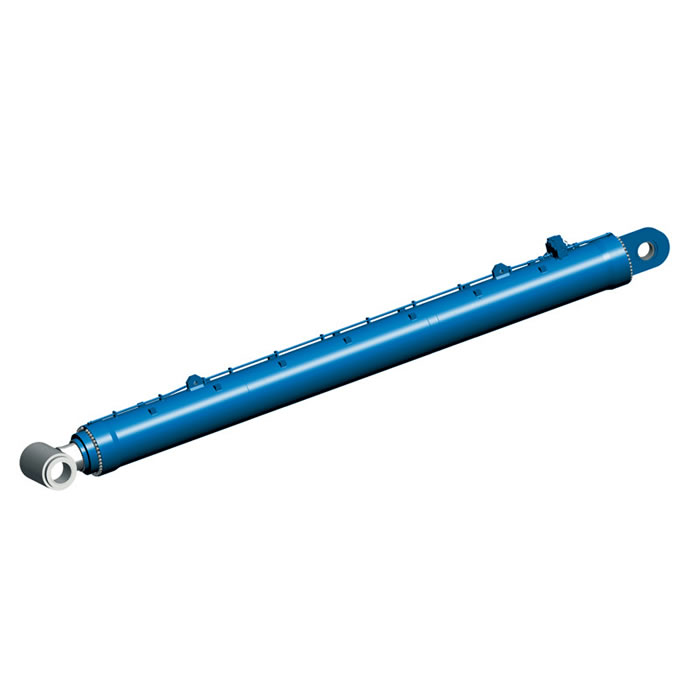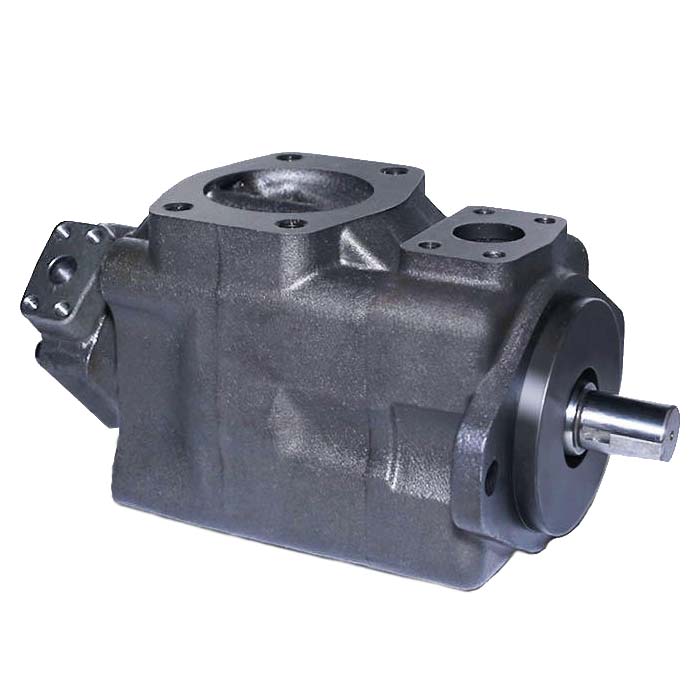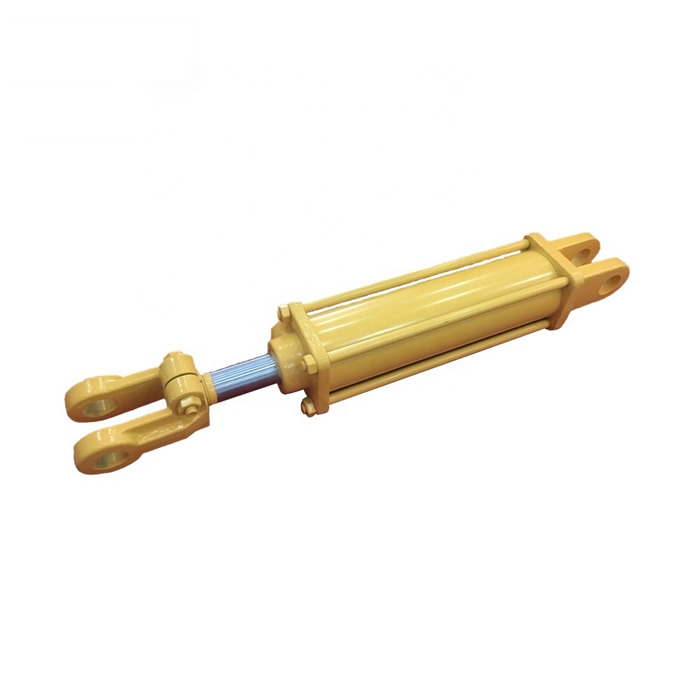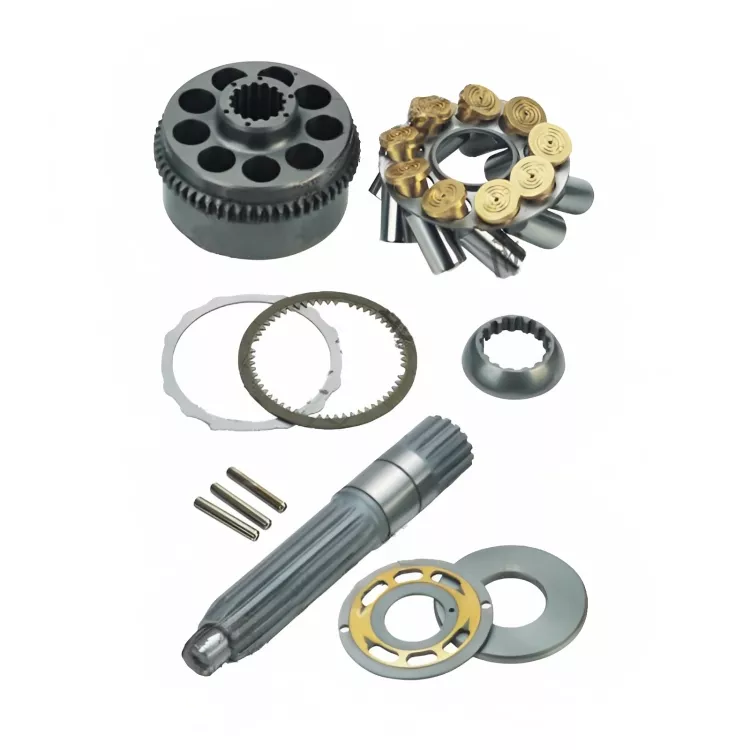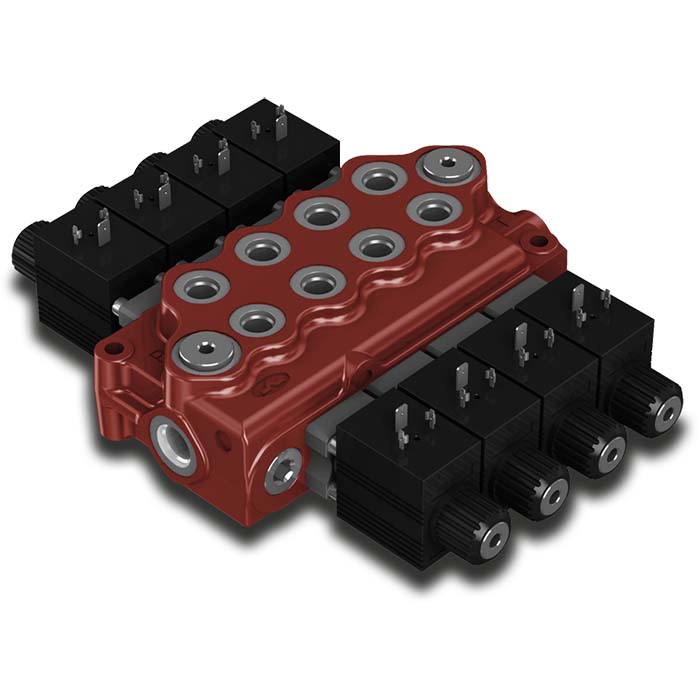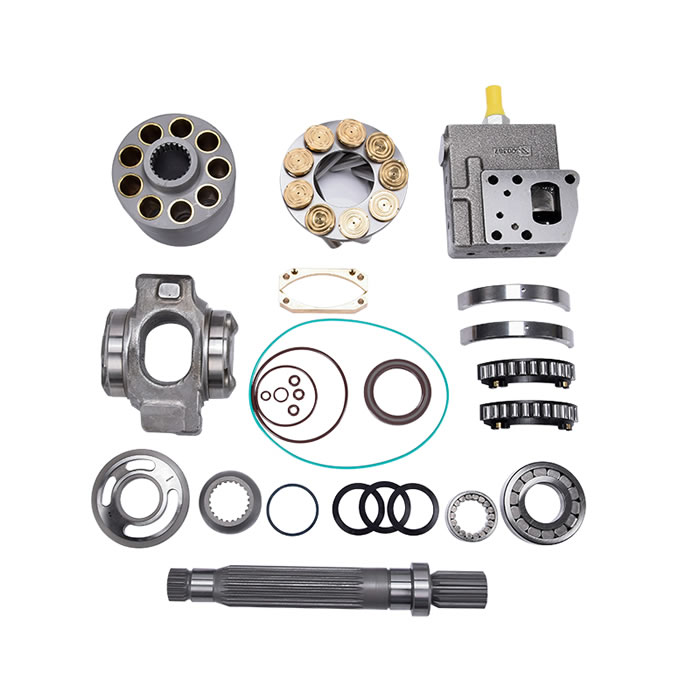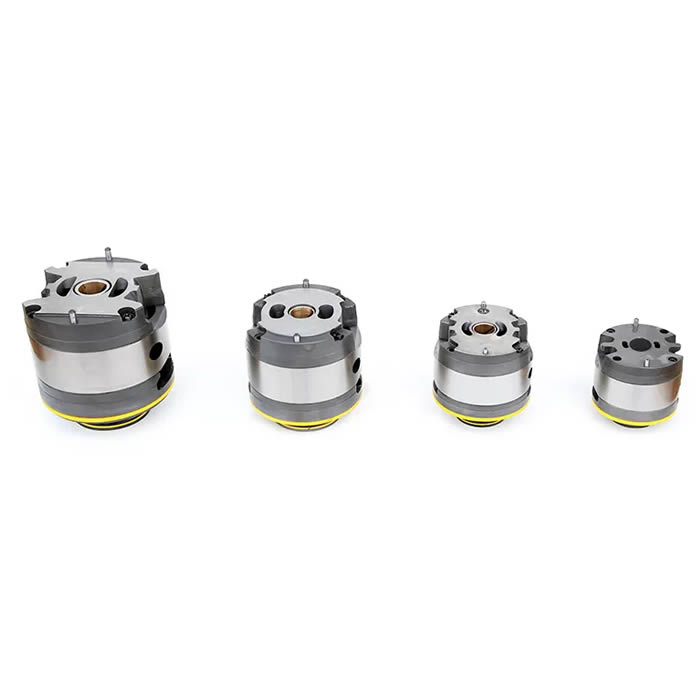Hydraulic Check Valve Usage Precautions
As a crucial control component in Hydraulic Systems, properly using hydraulic check valves is vital for ensuring stable system operation. Below are detailed usage precautions, explained with practical application scenarios:
Control Pressure Assurance
Avoid Pressure Loss: Control pressure is a prerequisite for the normal operation of a hydraulic check valve. If pressure is lost, the valve may fail to open or close properly, impacting the system's functionality.
Analyze Main System Impact: When control pressure is derived from the main system, it's important to analyze how fluctuations in the main system's pressure could affect the control circuit's pressure to prevent unintended actions of the hydraulic check valve due to pressure variations.
Meet Opening Requirements: Control pressure should meet the minimum pressure required for the valve to open in the reverse direction.
Selection of Structure and Oil Drain Method
Choose Based on Back Pressure: Select the valve structure and oil drain method based on the valve's position in the system and the back pressure in the reverse flow chamber.
Internal Drain Type: Suitable for scenarios with no back pressure or low back pressure in the reverse flow chamber. If the back pressure is too high, the hydraulic control component will lose its control function.
External Drain Type: Suitable for situations with high back pressure in the reverse flow chamber, which can reduce the minimum control pressure.
Proper Handling of Drain Ports: The external drain port of an externally drained hydraulic check valve should be connected separately to the oil tank to avoid affecting system pressure.
Matching with Hydraulic Cylinders
Ensure Proper Area Ratio: The effective area ratio between the rod and piston sides of the hydraulic cylinder should not be too large; otherwise, the hydraulic check valve may fail to open, causing the hydraulic cylinder to overload.
Avoid Pressure Increase: If the area ratio between the upper and lower chambers of the hydraulic cylinder is too large, it could generate excessively high pressure in the lower chamber, leading to accidents.
Hydraulic System Configuration
Directional Valve Selection: The directional valve used in conjunction with the hydraulic check valve should be chosen with Y-type or H-type mid-position functions to ensure the hydraulic check valve closes quickly.
Prevent Crawling and Vibration: In balanced circuits, a check throttle valve should be connected in series before the hydraulic check valve to prevent piston crawling and vibration.
Common Faults and Troubleshooting Methods
Fault Phenomenon: When the hydraulic check valve is in reverse cut-off (i.e. when the control port is not in operation), the spool cannot completely seal the flow, causing leakage.
Fault Cause: Poor contact between the spool and seat, excessive misalignment between the valve body hole and spool, or skewed seating due to improper press-fitting of the valve seat into the valve body hole.
Troubleshooting Method: Re-grind and fit the spool and seat or disassemble and realign until there is a tight fit between the spool and seat.
Fault Phenomenon: The compound hydraulic check valve cannot unload in reverse.
Fault Cause: Excessive misalignment between the valve body hole and the control piston hole, or a bent control piston end, causing the piston rod to fail to push the unloading spool and preventing the spool from opening.
Troubleshooting Method: Repair or replace the faulty components.
Fault Phenomenon: The hydraulic check valve cannot return to its initial oil-sealing position when closed.
Fault Cause: Low machining precision of the valve body hole and spool, improper clearance fit, weak spring force, or insufficient smoothness of the separating surface, leading to spool jamming.
Troubleshooting Method: Repair or replace the faulty components.
Conclusion
The precautions for using hydraulic check valves are quite detailed, but mastering this knowledge is crucial for ensuring the safe and reliable operation of hydraulic systems. When selecting and using hydraulic check valves, it is essential to consider the system's working conditions, the properties of the hydraulic oil, and the performance parameters of the valves to achieve the best application results.


